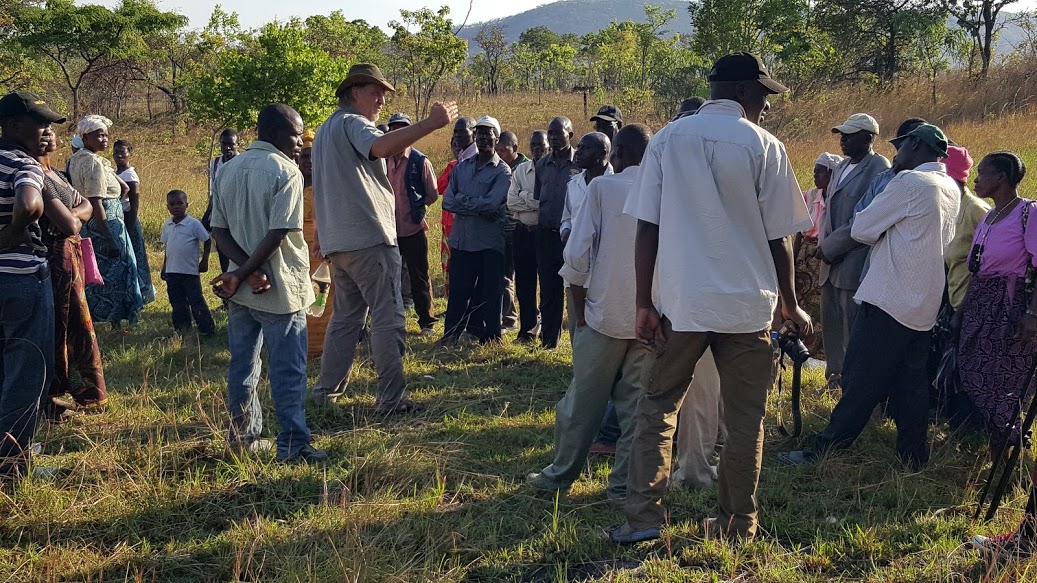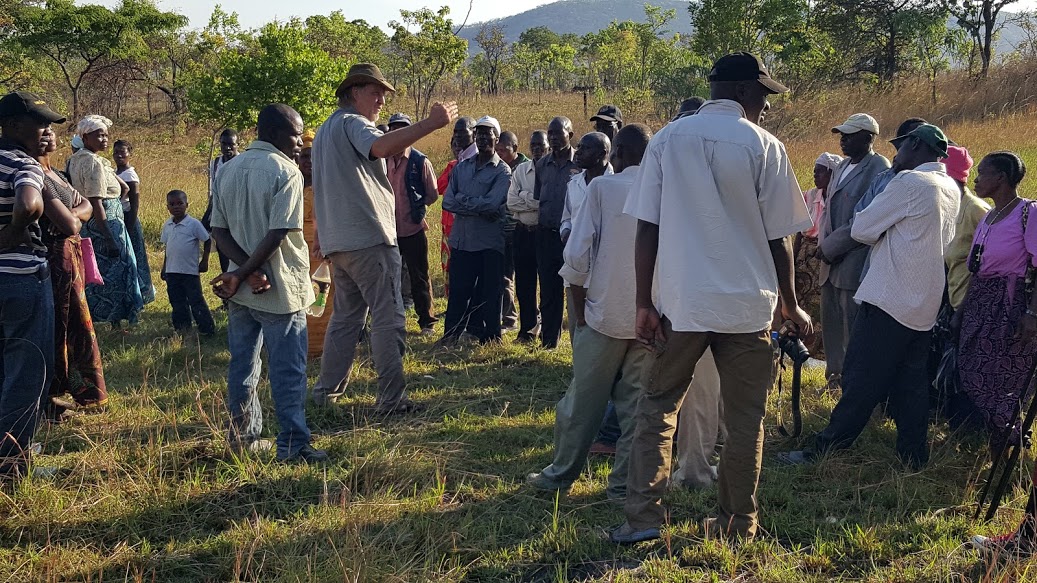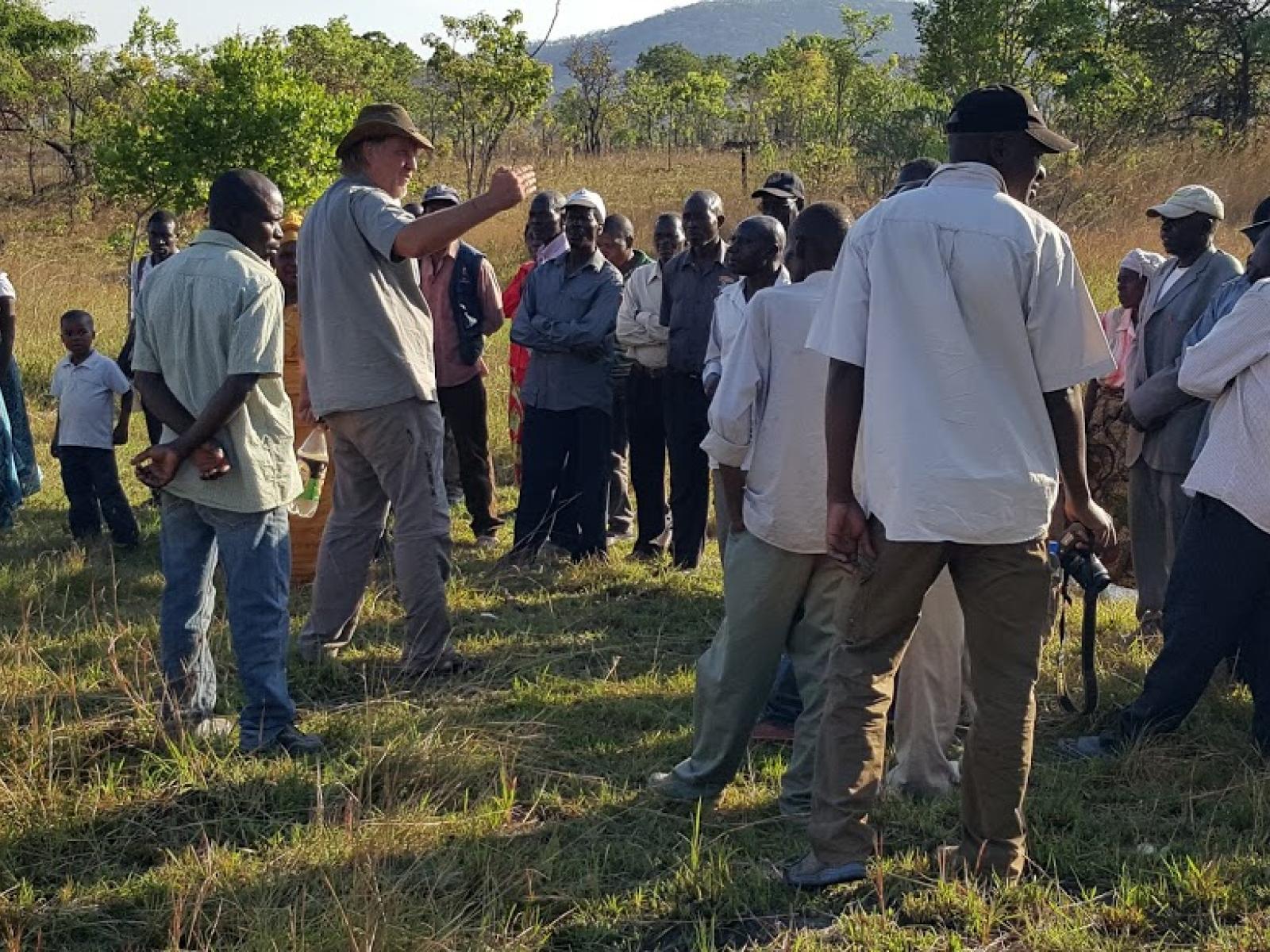An Overview Of Our Solution
- Population Impacted:
- Continent: Africa
Organization type
Population impacted
Size of agricultural area
Production quantity
People employed
Describe your solution
Describe your implementation
External connections
What is the environmental or ecological challenge you are targeting with your solution?
Describe the context in which you are operating
The Project is operating in Chongwe District and the Rufunsa catchments. The District has a population of 236,749 people. Most of the people in the area are farmers producing maize, soya beans and other crops. Some of them are pastoralist while some provide labor to the surrounding farming communities. Most of the farmers supply their produce to the markets in Chongwe and mainly Lusaka. The District has a great challenge of Water with the main rivers drying up in the dry season. The Government of Zambia provides Water in such times. Currently 1.2 million, or 45% of all Zambian children under-5 years of age, are chronically under-nourished, or stunted. This negatively impacts intellectual, physical development & health. The District is part of the Districts in the country implementing the Decentralization & greening Policy. has more environmental and ecological challenges that threat its food, energy, water and forestry systems.
How did you impact natural resource use and greenhouse gas emissions?
Language(s)
Social/Community
Water
Food Security/Nutrition
Economic/Sustainable Development
Climate
Sustainability
The interventions in the Projects have been done at minimal costs. Most of the knowledge sharing done at village and farm level do not require much funds. It has really been based on the needs in the communities for them to move and embrace practices that are sustainable. The Project does not rely on any subsidies from government but on replication efforts
Return on investment
Entrant Image

Entrant Banner Image

